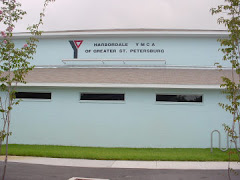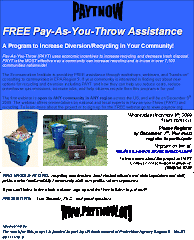Natural beach restoration not allowed in Treasure Island Florida
Nature has always provided free beach renourishment. Storms erode beaches and much of the sand is moved downwind. Native shoreline plants like sea oats, sea grapes, and palm trees hold the sand and colonize new deposits of sand blown in by storms. People can help this process at modest cost by planting right after a storm and fencing vegetated areas to prevent foot traffic from disturbing young plants. This low cost or free erosion protection also provides vital wildlife habitat.
Tourists visit from around the world to relax on quiet beaches and see this REAL FLORIDA of palm trees, birds, turtles and other wildlife.
Natural beach restoration can't occur when local government encourages driving and parking on the beach or building and rebuilding too close to the shoreline. This is the case in Pinellas County and much of Florida.
Beach property owners are addicted to free replacement of sand through local government and Congress. Despite mounting debt and other unmet needs Congress continues to make frivolous activities like this a national priority.
Shouldn't there be rules added to any grants for beach renourishment money to ban beach driving and parking and require native planting on dunes?
Lorraine Margeson: "This is what this travesty to our beach habitat looked like in 2013."
Update 1-22-15: "A Pinellas County Circuit Court judge has sided with the hoteliers, banning parking and most vehicular traffic on a section of the Gulf of Mexico beach behind the Windjammer, Page Terrace and Thunderbird hotels."
"As you dream about your summer vacation, imagine stopping at the bank on your way to the beach, taking out all of your money, and dumping it into the ocean. Sound crazy? Well, that's exactly what the Army Corps of Engineers does with millions of tax dollars every year under the federal beach renourishment program."
































No comments:
Post a Comment